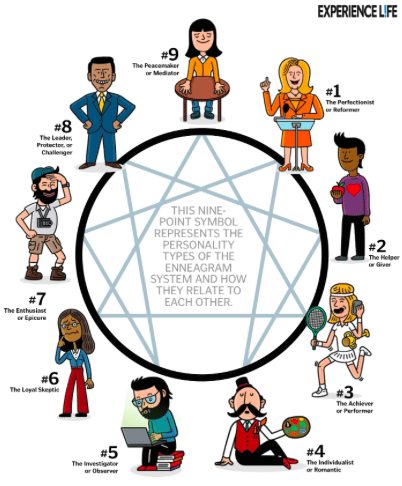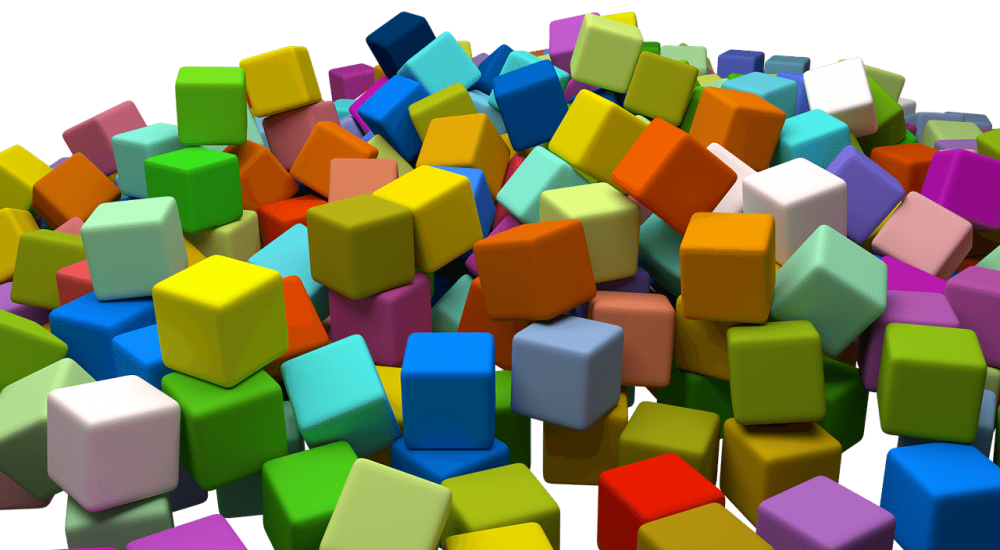Use of The Enneagram – a personality profiling system – has risen in popularity in the past few years.
Some scholars trace its use to ancient cultures and religions, but its use in post-modern self-awareness growth can be more attributed to psychological, sociological, and mystical studies beginning in the 1960’s and 1970’s.
Serious Enneagram practitioners and scholars would caution people about using it as a parlour trick to amuse ourselves. It was, after all, designed to help us understand our driving fears and anger, and not just puff up our self-perceptions. The nine points on the Enneagram help define general types of personalities who have specific fears, shame, and anger about themselves and the world around; each type has communication patterns that, when misunderstood, create conflict. By understanding our communication patterns and what’s driving our reactions, we can begin to take a step back and choose how to interact with ourselves, others, and God differently.
That’s an incredibly basic overview. The Enneagram is far more nuanced than a single paragraph definition.
But what about typing kids on the Enneagram? Have you tried? Are you wondering?
Whether you’ve already done it or not, whether you’re reluctant or not, and whether this is all brand new to you or not, here are some important points to consider:
1. Children are learning about themselves, their fears, their insecurities, their typical habits, and communication patterns all for the very first time. You might see classic Type 5 traits in your child or student, but your child has no idea what a Type 5 is. Remember to see kids as kids first, whole and entire. The Enneagram can be a good tool, but it is only one kind of description on a huge tool-kit of descriptors. Make sure children have plenty of space to explore the world and who they are first.
2. Your “classic Type 2” child could act like a Type 2 for an entire year and suddenly turn into a Type 8 overnight. Children grow at a rapid pace. Some personality traits we’ll be able to see consistently from the start, and others will change with age and experiences. Some events, like trauma for instance, have the potential to change a child’s personality traits on a neurological level. Given that children’s personalities are so beautifully transient, prepare for all types flying at you even if there are consistent patterns that present themselves. Until puberty settles down, accept the roller coaster ride. We’ve all been there.
One of the great things about The Enneagram is that it expects change and flux, even in adults!
Who we are today will not be the people we are in ten years. Knowing this, accepting the faster and tighter personality development in children becomes not only acceptable, but far more manageable.

3. Take the time to learn about the Enneagram and how the different types communicate. Even with the rapid changes children go through, it can be a beneficial tool to understand how Type 4s communicate and try to respond in kind. Your child may or may not be a Type 4, but if you land on a communication style that your child responds to, that’s a huge relationship booster unto itself. Putting aside typing any child, it is beneficial for you as the adult to know the many different ways we all communicate and why. Armed with these understandings, we can respond in more effective and loving ways.
4. Walk your talk, friends. Allow children to see and hear you and your vulnerabilities on an age-appropriate level. For example, if you as an after-school caregiver withdraws from a specific child after the child perhaps demands a lot of time and space, the child will be puzzled and want to know why. You, yourself, might understand that you’re a Type 5, and 5s not only want but absolutely must have alone time. Not only that, but their reserves of affection are limited.
Obviously, the child does not need to know all of this, especially if they’re quite young. However you can explain to them that you honour their need for your time and attention; when you are with them, you can commit to being fully present. Gauge carefully why the child is demanding your attention. If it’s your attention solely that they’re demanding, tread cautiously so as not to break trust. However, if you can sense that this child simply loves attention and interaction, commit to the child that you’ll introduce them to other people they might find interesting. That way, the child’s needs for interaction are fulfilled but these needs aren’t weighing on your shoulders alone. Type 5s will know this well already, but Type 2s might want to shrug off the suggestion and be the child’s sole helper!
We could talk endlessly about the ethics and dynamics of having children placed on The Enneagram. My thoughts are pretty basic: as long as you’re committed to relating to kids as kids first and foremost, using The Enneagram as a tool can be a good thing. Refrain from the temptation to type kids – or anyone – and remember that personalities are continually changing and forming. Use The Enneagram yourself to learn different communication styles. This is key! Imagine discovering the communication style of a particularly difficult child in your classroom, your respond to that need, and suddenly the tension in the room drops dramatically. It won’t be a problem solver, but rather create a new beginning and the potential for a healthier relationship.
For breakfast, I had a bowl of Optimum Blueberry Cinnamon Cereal, an apple, and a glass of water.
Author Profile: @erinthomas
